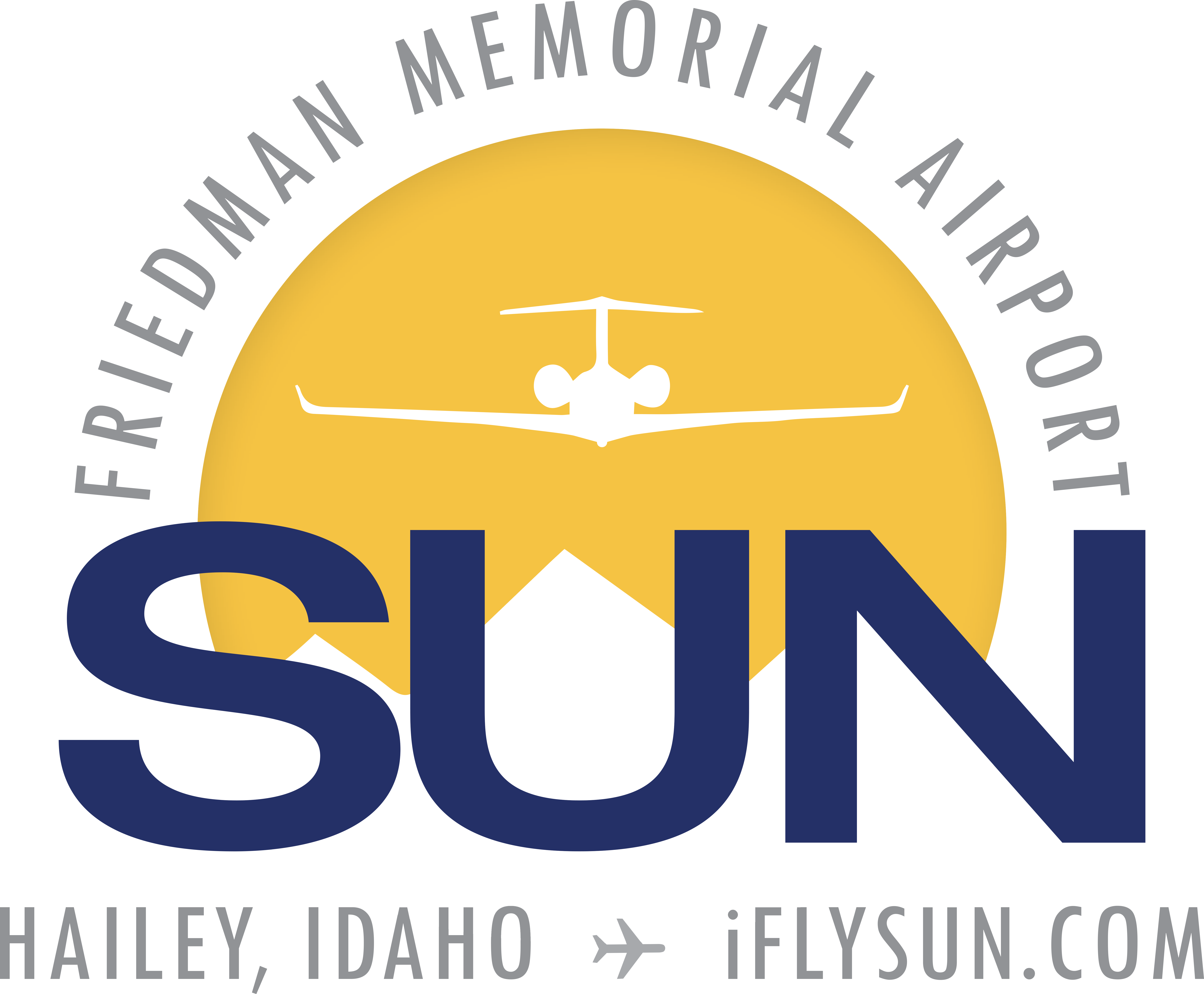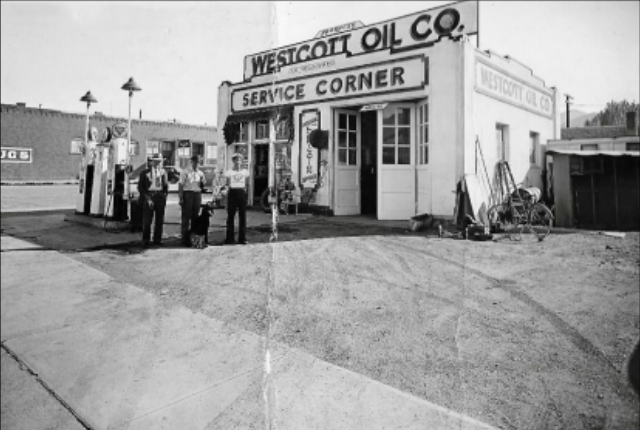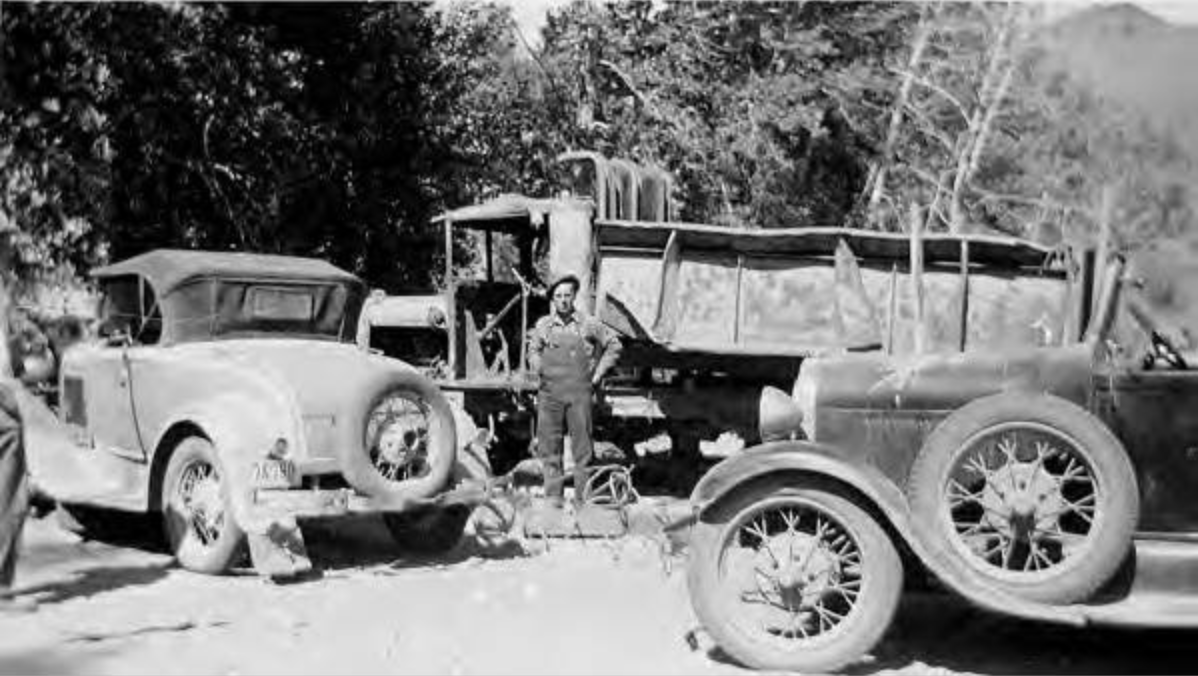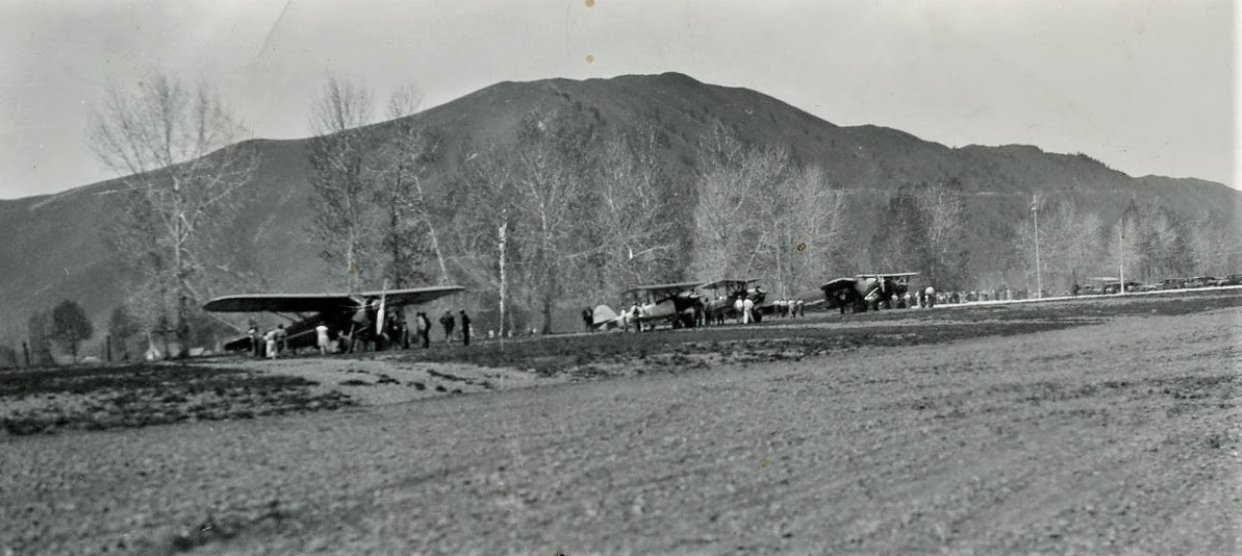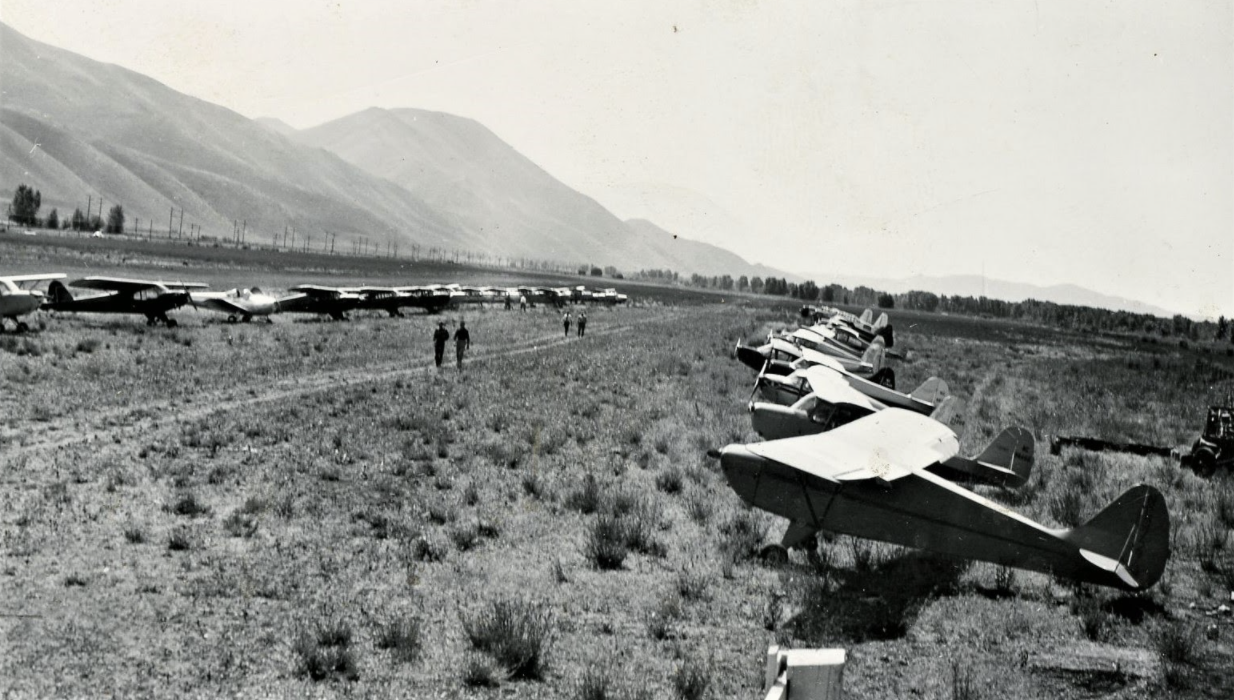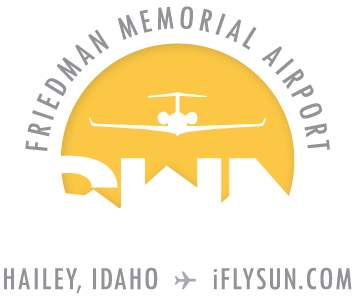Since the early 1900s, the world has embraced the automobile and the airplane as its preferred modes of transportation. While there have been considerable advancements in safety and technology, the basic mechanics created over 100 years ago remain our go-to for travel.
In August of 1907, The Idaho Statesman declared that Boise was in the middle of an auto craze. At that time, there were only a couple dozen cars around the capital of 15,000 people. There were a few brave souls that ventured off for nearby mountain towns outside of Boise, only to be broken down a few miles into their journey. The cars and old stagecoach roads were not well suited for each other.
There are some sources that document stagecoaches were in use well into the 1930s for more remote areas. However, from 1910-1920, most stagecoaches were replaced by a vehicle called an auto stage. Later this would come to resemble our modern-day Greyhound busses. It was a great alternative to the stagecoaches and for those that did not own a car.
Autostage – courtesy of Blaine County Historical Museum
An early gas station in Blaine County. Courtesy of Blaine County Historical Museum
In the 1910s, most Americans could not afford an automobile. But by 1920, one out of three families owned one. Ownership had tripled during the 1920s bringing gas stations, mechanics, motels, accommodations for travelers, and the need for better roads. Eventually, a federally aided system transformed poorly built roads into a coordinated grid of paved roads by the 1960s. Now there would be connected routes allowing for easier access to mountain towns like the Wood River Valley.
1936 Ketchum, Tony Marrazzo, Idaho State Historical Society
Every year brought more vehicles to the Valley. At first, these were more for work than personal transportation. Cars delivered the mail and taxied people around. Utilitarian type trucks were in use at the mines that were still in operation and to transfer goods to businesses. But eventually, the upper class began cruising into town more and more. Especially once the Sun Valley resort became a popular destination, and even the railroad saw a bit of resurrection with its development.
And while the country was busy laying asphalt to get us where we needed to go, another means of transportation was taking us to the skies. The Wright brothers had successfully built and flew the first practical airplane by 1905. Just a decade later, planes were flying into the area that is now Friedman Memorial Airport.
Photo courtesy of Blaine County Historical Museum
In 1931 the Friedman Family grant deeded land to the City of Hailey for a small grass-strip airfield south of the sparsely populated town. Friedman Memorial Airport (FMA) was official by 1932, and, at that time, there were no commercial flights. The first commercial airline, West Coast Airlines- a forerunner of both Air West and Hughes Airwest, arrived in 1960.
According to timetables during the 1960s, West Coast Airlines serviced the Sun Valley area with Douglas DC-3 and Piper Navajo twin prop aircraft. The Boeing 737 was the largest aircraft on record to provide service. Since then, scheduled air carriers and numerous other commercial aviation ventures and aircraft have thrived serving the area.
FMA has seen a great deal of growth since the 1930s. With the steady increase in travel and tourism, significant upgrades and expansion were required over the decades to meet business challenges and to accommodate larger and faster aircraft.
While the rest of the world had already incorporated these modes of transportation into their daily lives and communities, the Wood River Valley adopted them purely out of necessity. It was about mining, agriculture, and occasionally a chartered plane to a remote lake for fishing, hunting, or supplies.
Photo courtesy of Blaine County Historical Museum
Today our community thrives as a result of these century-old inventions, and we look forward to the future and all of the incredible technology that is sure to come.
